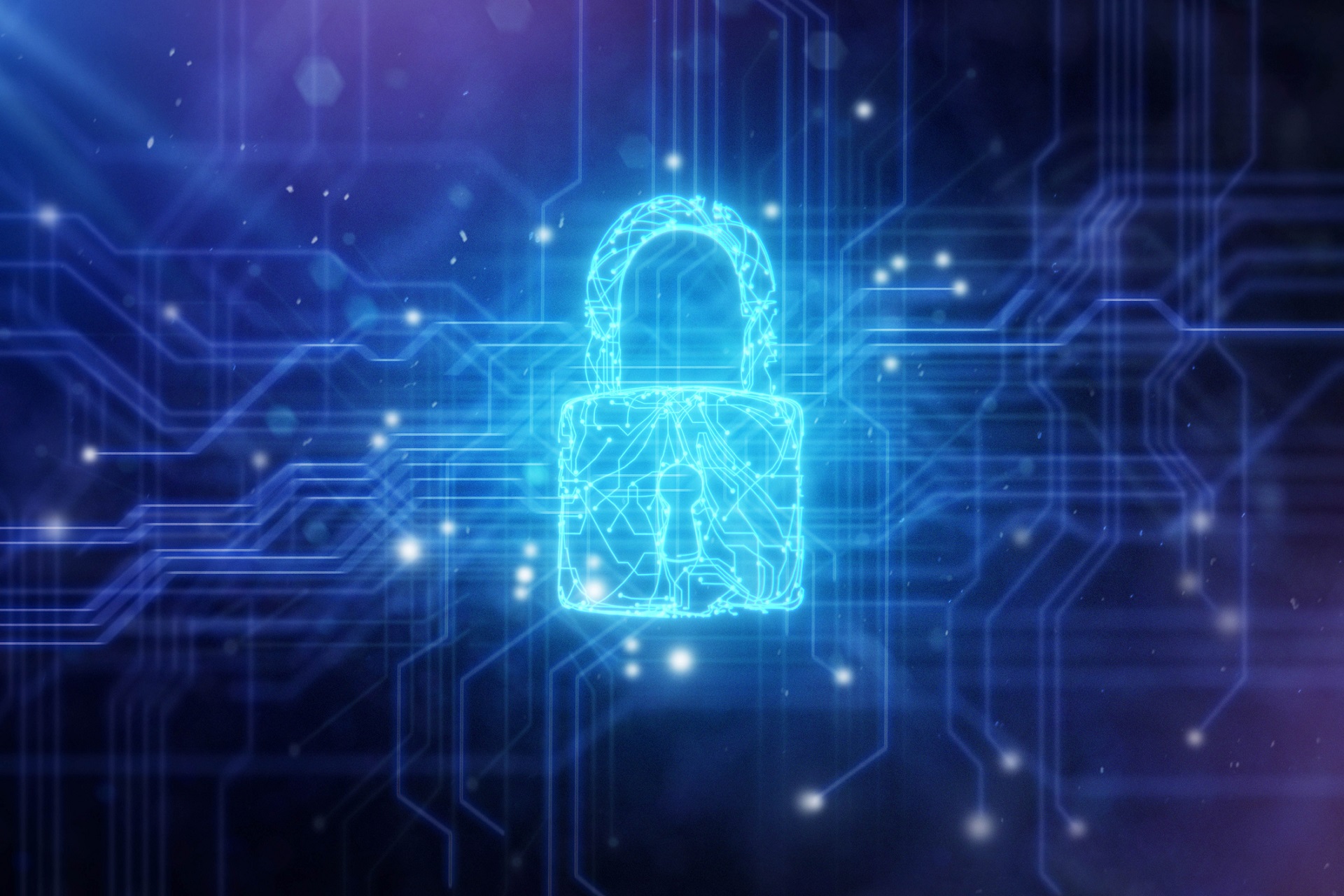The Covid-19 pandemic and the subsequent rush to remote working created a power struggle in the newly created decentralized workplace. On one side was the ease of access and convenience of remote work, while on the other – network security.
In the early days of the pandemic, when businesses were only interested in the continuity of their operations, many security pros turned a blind eye to the fact that employees ignored security best practices in order to get the job done with convenience.
But now, almost two years into the pandemic, organizations are looking to improve their cybersecurity posture and finding it a challenge.
After polling more than 3,000 enterprise information technology professionals involved in information security, network operations and application development, researchers from Palo Alto Networks discovered that most respondents (51 percent) struggle to maintain comprehensive network security, while almost two-thirds (61 percent) find it hard to provide the necessary remote security to support their remote workers.
What’s more, more than half (53%) of organizations that prioritized remote access over security are now exposed to significant security risks from unchecked acceptable use policy violations and unsanctioned application usage.
Cloud security
Choosing convenience over security is not only widely used among remote and hybrid workers, but it also seems to be an open secret, of sorts. More than a third (35%) of respondents confirmed their employees either circumvented, or purposely disabled, the remote security measures they implemented.
But with remote and hybrid working growing in popularity, and the possibility of a new lockdown looming due to the Delta variant, organizations don’t expect to have the majority of their workforce back in office any time soon.
In fact, almost two-thirds (62%) respondents are considering a hybrid workforce solution for the long-term, which means they’ll have to come up with a new solution for securing the perimeter.
Cloud seems to have imposed itself as a possible solution, as 71% of the respondents expect to have their security mostly, or completely, in the cloud over the next 24 months.




